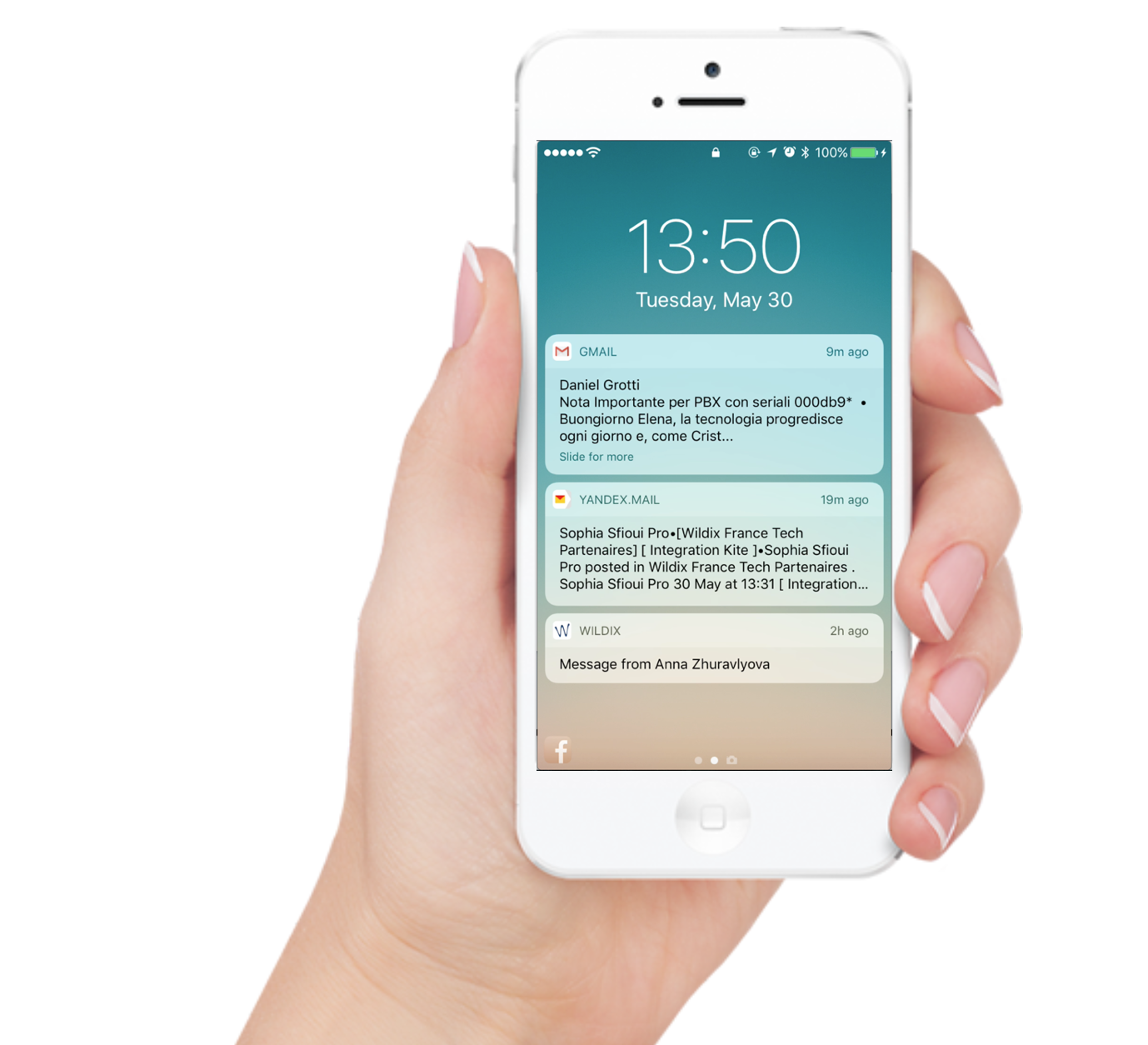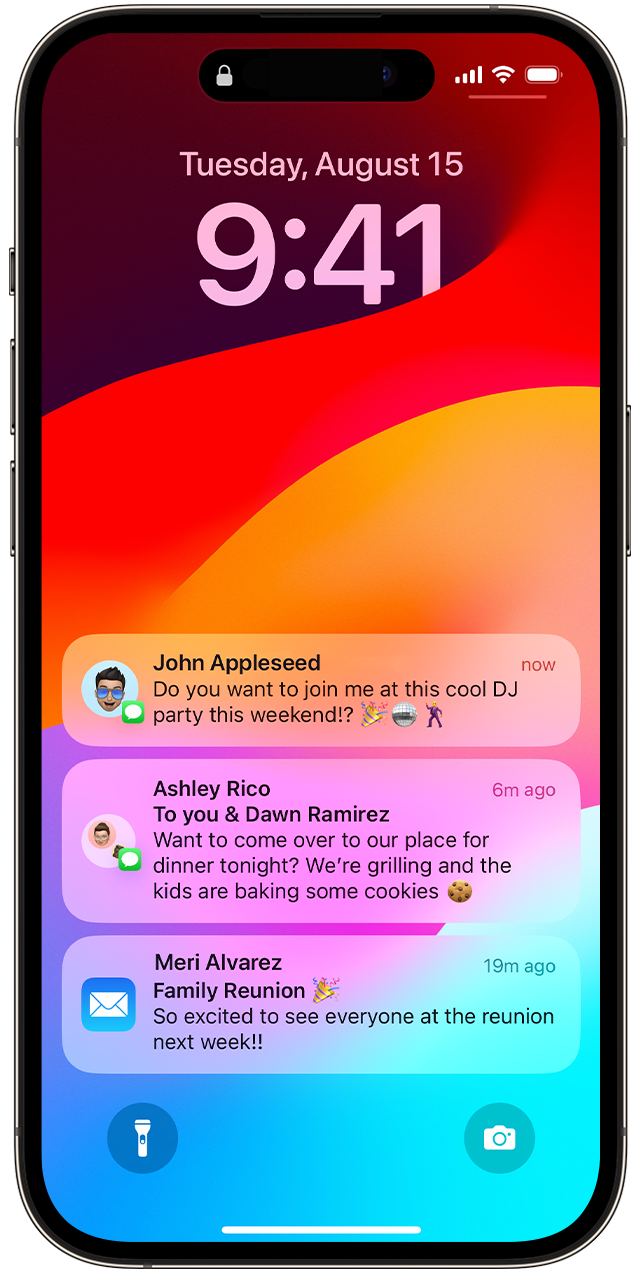The Symphony of Pings: Navigating the Overwhelming World of smartphone Notifications
The modern smartphone, a pocket-sized marvel of connectivity, has revolutionized communication and information access. Yet, this constant connection comes at a cost: the relentless barrage of notifications. From the gentle chime of a text message to the insistent buzz of a breaking news alert, these digital nudges shape our attention, influence our behavior, and ultimately, define our relationship with technology. This article delves into the intricate world of smartphone notifications, exploring their evolution, psychological impact, and strategies for regaining control in a world saturated with digital distractions.
The humble notification has undergone a dramatic transformation since the early days of mobile phones. Initially, simple alerts for incoming calls or SMS messages, they have evolved into a sophisticated system capable of delivering rich media, interactive elements, and personalized information. This evolution is inextricably linked to the rise of app ecosystems, social media platforms, and the burgeoning internet of things (IoT).
Early Days: Basic Alerts and System Notifications

The first mobile notifications were primarily limited to system-level events, such as low battery warnings or incoming calls. These were functional and essential, providing crucial information without overwhelming the user.
The Rise of App Notifications: A Flood of Information
The advent of app stores and the proliferation of mobile applications ushered in a new era of notification complexity. Apps began leveraging notifications to deliver a wide range of content, from news updates and social media alerts to game reminders and shopping promotions.
The Era of Personalization and Rich Media: Tailored Distractions
Modern notification systems boast advanced personalization capabilities, allowing apps to tailor notifications based on user preferences, location, and behavior. This leads to more targeted and potentially relevant notifications, but also raises concerns about privacy and data collection.

The constant stream of notifications has profound psychological effects, influencing our attention span, cognitive load, and overall well-being.
Attention Deficit and Fragmented Focus
Notifications are designed to interrupt our current activity and draw our attention to something new. This constant interruption can fragment our focus, making it difficult to concentrate on tasks requiring sustained attention.
Anxiety and Stress: The Fear of Missing Out (FOMO)
The fear of missing out (FOMO) is a powerful psychological driver, fueling our desire to stay constantly connected and informed. Notifications play a key role in reinforcing this anxiety, creating a sense of urgency and obligation to respond immediately.
Addiction and Habit Formation: The Dopamine Loop
Notifications can trigger the release of dopamine, a neurotransmitter associated with pleasure and reward. This can create a habit loop, where we become addicted to the constant stream of digital stimulation.
In a world dominated by digital distractions, it is essential to develop strategies for managing notifications and regaining control over our attention.
Prioritize and Filter: The Art of Selective Attention
Identify the apps and notifications that are truly important and disable those that are not. This requires a conscious effort to evaluate the value of each notification and prioritize those that align with your goals and values.
Batch Processing and Scheduled Check-ins: Regaining Focus
Instead of responding to notifications immediately, schedule specific times throughout the day to check and respond to them. This allows you to maintain focus on your current task without being constantly interrupted.
Mindful Consumption and Digital Detox: Cultivating Awareness
Practice mindful consumption by paying attention to your emotional response to notifications. Be aware of how they make you feel and identify any patterns of compulsive behavior.
App Design and Ethical Considerations: Building a Sustainable Ecosystem
App developers have a responsibility to design notification systems that are user-centric and promote well-being. This includes providing clear and transparent notification settings, minimizing intrusive interruptions, and prioritizing user control.
As technology continues to evolve, so too will the landscape of notifications. The future may hold more intelligent and context-aware notification systems that prioritize relevance and minimize disruption. However, the ultimate responsibility for managing notifications lies with the individual. By cultivating awareness, developing effective strategies, and advocating for ethical app design, we can strive towards a more balanced and sustainable relationship with technology, where notifications serve as helpful tools rather than intrusive distractions.
The symphony of pings need not be a cacophony. With conscious effort, we can orchestrate a more harmonious relationship with our smartphones, reclaiming our attention and fostering a greater sense of well-being in the digital age.



